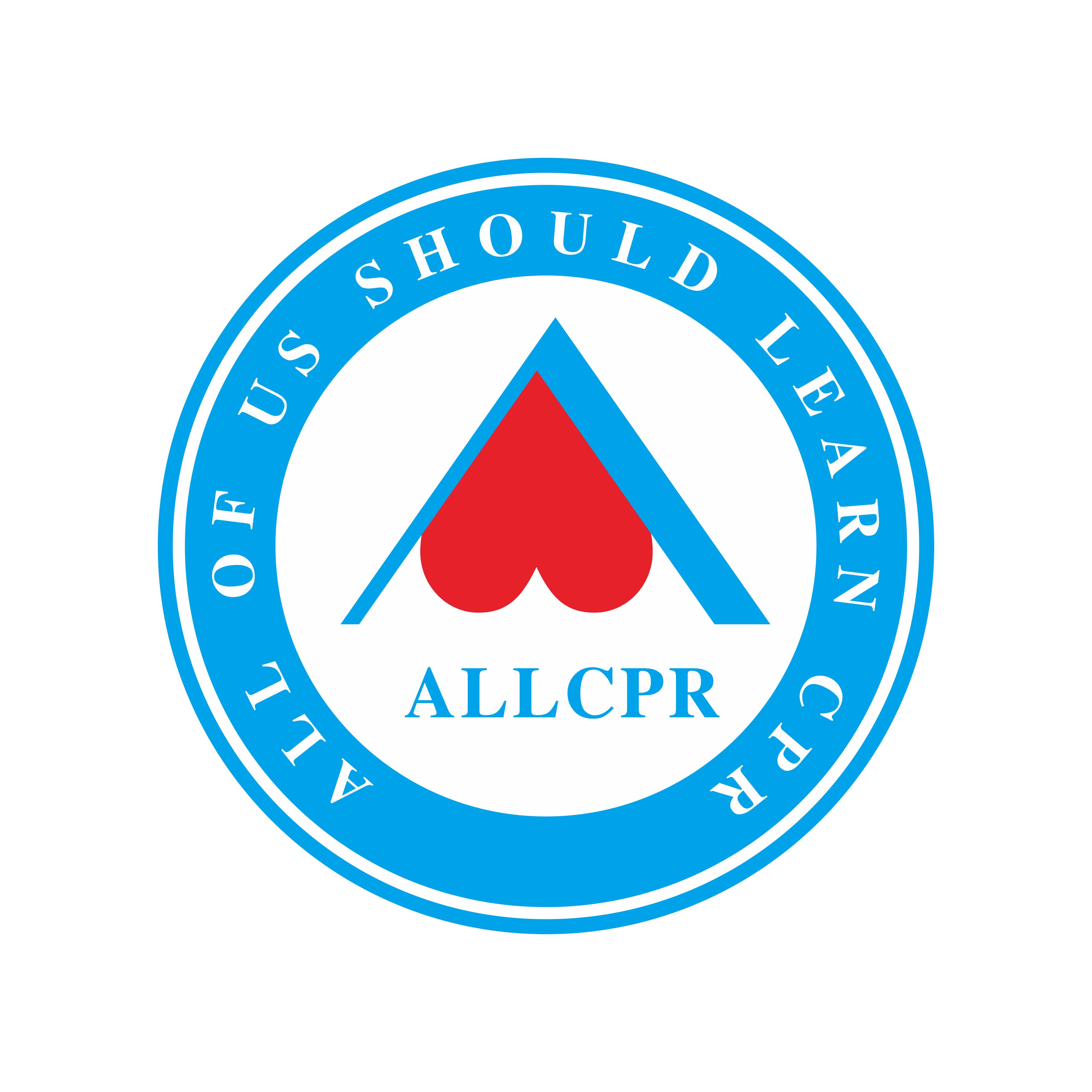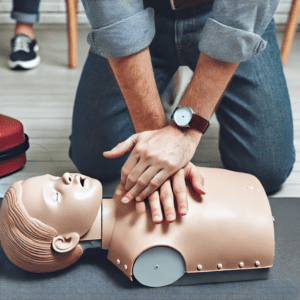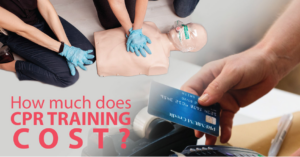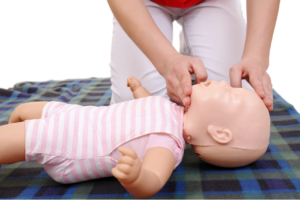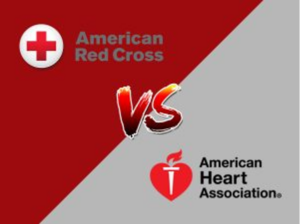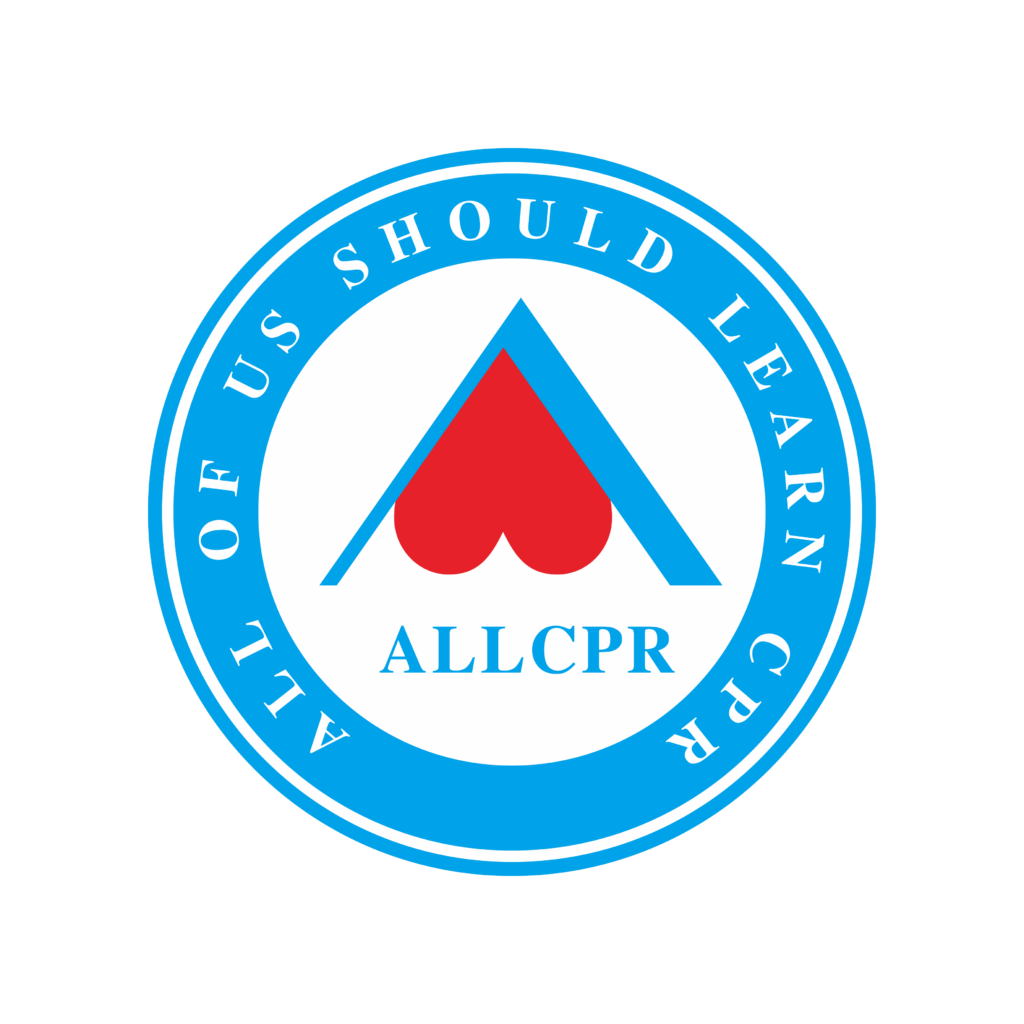Introduction
Effective CPR compressions are crucial in emergency situations to maintain blood flow and oxygen to vital organs. Understanding the proper CPR compression to breath ratio and how many compressions are necessary can significantly impact the outcome of a cardiac arrest scenario.
Understanding Effective CPR Compressions
CPR, or cardiopulmonary resuscitation, involves chest compressions to keep blood flowing through the heart and vital organs during a cardiac arrest. Effective CPR compressions are the cornerstone of successful resuscitation efforts, helping to improve survival rates and minimize long-term damage.
The Correct CPR Compression to Breath Ratio
One of the most critical aspects of performing CPR is maintaining the correct compression to breath ratio. For adults, the recommended ratio is 30 compressions to 2 breaths. This ratio ensures that there is a balance between maintaining circulation and providing oxygen to the lungs.
How Many Compressions for CPR: A Detailed Guide
The number of compressions required during CPR can vary based on the age and condition of the patient. For adults, the standard is 100 to 120 compressions per minute. For children and infants, the compressions should be performed at a similar rate but with different techniques to account for their smaller size and more fragile bodies.
Key CPR Compression Guidelines
To perform effective CPR compressions, follow these guidelines:
- Place the heel of your hand on the center of the chest.
- Push down hard and fast, at least 2 inches deep for adults.
- Allow the chest to recoil completely between compressions.
- Aim for a compression rate of 100 to 120 per minute.

Why Quality CPR Training Matters
High-quality CPR training can make the difference between life and death. Training programs, such as those offered by All CPR San Jose, equip individuals with the skills needed to perform CPR correctly. All CPR San Jose offers comprehensive CPR and BLS courses designed to help you respond effectively in emergencies.
Conclusion
Understanding and applying the correct CPR techniques, including effective compressions and the appropriate compression to breath ratio, is essential in saving lives. Enroll in a CPR course today to ensure you are prepared to act in an emergency.
Call to Action
For professional CPR and BLS training, visit All CPR San Jose and register for a course today through our enrollment page.
